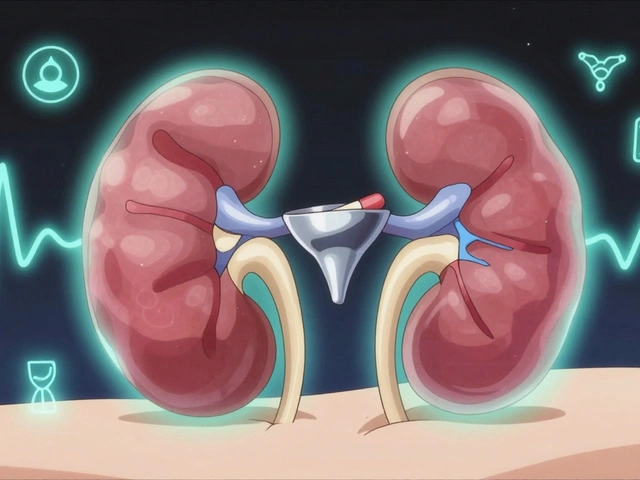Infrared Sauna — What It Does and How to Use It Safely
Want the heat without the heavy steam? Infrared saunas warm your body directly with infrared light instead of heating the whole room. That makes them feel milder than traditional saunas while still producing a good sweat. Below are clear, useful tips so you get results without surprises.
How infrared saunas work and real benefits
Infrared panels emit light at wavelengths your skin absorbs, which raises your core and muscle temperature. Sessions usually run 20–40 minutes at lower air temperatures than steam saunas. People report easier relaxation, looser muscles after workouts, and better sleep when used regularly.
Some practical benefits you can expect: faster warm-up times, gentle heat for sore muscles, and a calmer experience for people who dislike intense steam. If you use it after light exercise, it can help reduce muscle tightness and speed recovery. Think of it as a passive way to heat your tissues without the heavy oppressive air of a traditional sauna.
Safety, who should avoid it, and smart tips
Infrared saunas are safe for most healthy adults, but they aren’t risk-free. Stay hydrated before and after sessions. Start with 10–15 minutes at a low setting to see how your body reacts. If you feel dizzy, nauseous, or overly lightheaded, get out, cool down, and drink water.
Avoid infrared saunas if you’re pregnant, have unstable heart disease, uncontrolled high blood pressure, or are on meds that affect sweating or blood pressure—ask your doctor first. Also skip sessions if you’re hungover, severely dehydrated, or have a fever. Children and older adults should use shorter sessions and supervision.
Choose a unit that has clear temperature controls, a timer, and good ventilation. If you’re buying one for home, measure the space and check the electrical requirements—some models need a dedicated circuit. Look for solid customer reviews and a warranty; cheaper panels can burn out or give uneven heat.
Practical session tips: towel the bench, sit on a low shelf first if the sauna has multiple levels, and wear breathable clothing or go nude if that’s comfortable and private. Cool down gradually—don’t jump into cold water right away unless you’re used to contrast therapy. Aim for 2–4 sessions per week for consistent benefits, not daily long stints.
Notice how your body responds over a few weeks. Keep a simple log: session length, temperature, and how you felt afterward. That tells you whether to raise time or keep things steady. If you have any new symptoms after using a sauna, pause and consult your healthcare provider.
Infrared saunas offer a gentler heat option with real practical perks for relaxation and muscle ease. Use common-sense safety steps, and you’ll likely find a comfortable routine that fits your lifestyle.
Infrared Saunas and Rosacea: Can Heat Trigger Sunburn-Like Flare-Ups?
Does heat from infrared saunas trigger rosacea flare-ups or sunburn-like reactions? Explore scientific facts, skin protection tips, and dermatologist advice.






